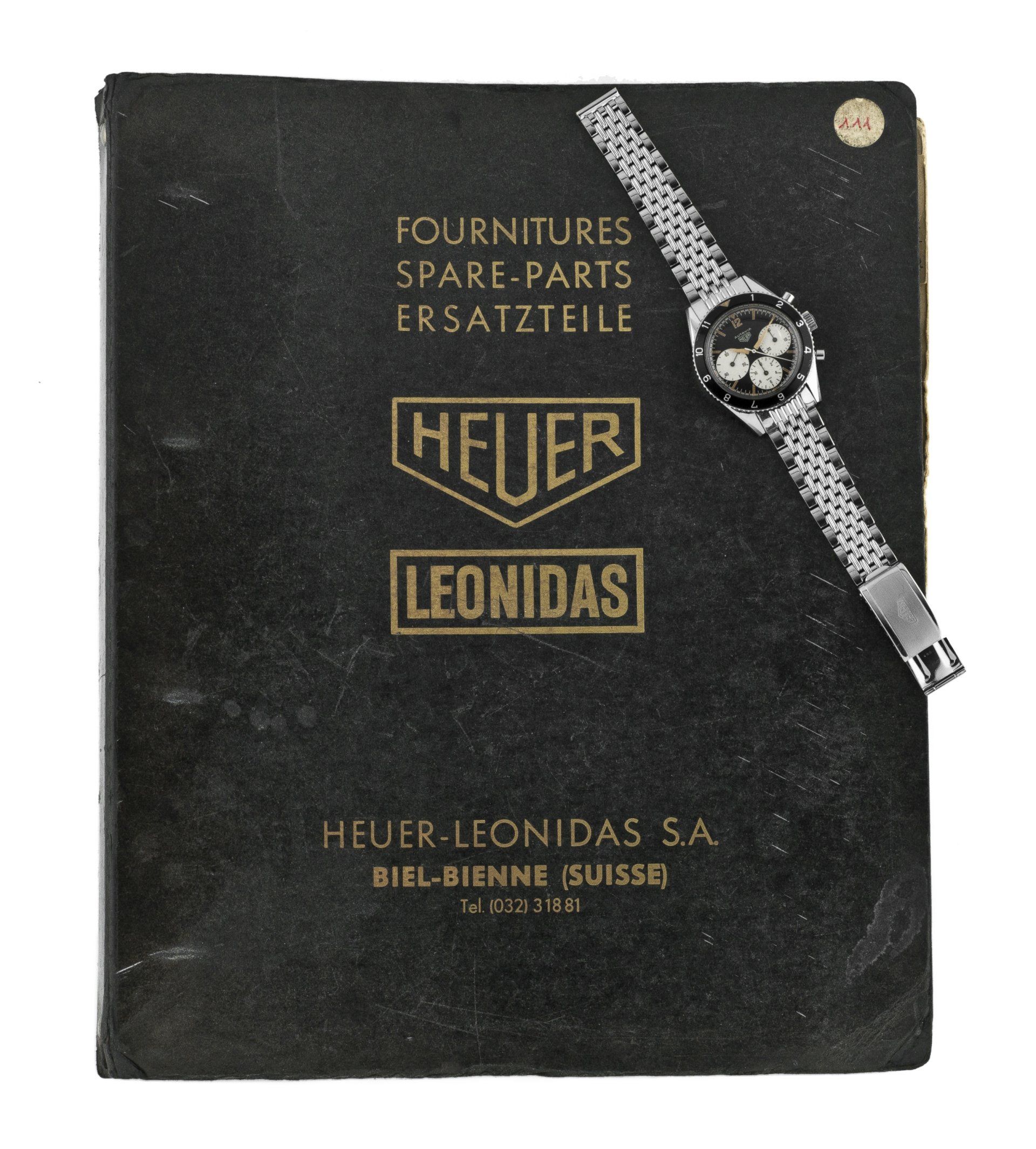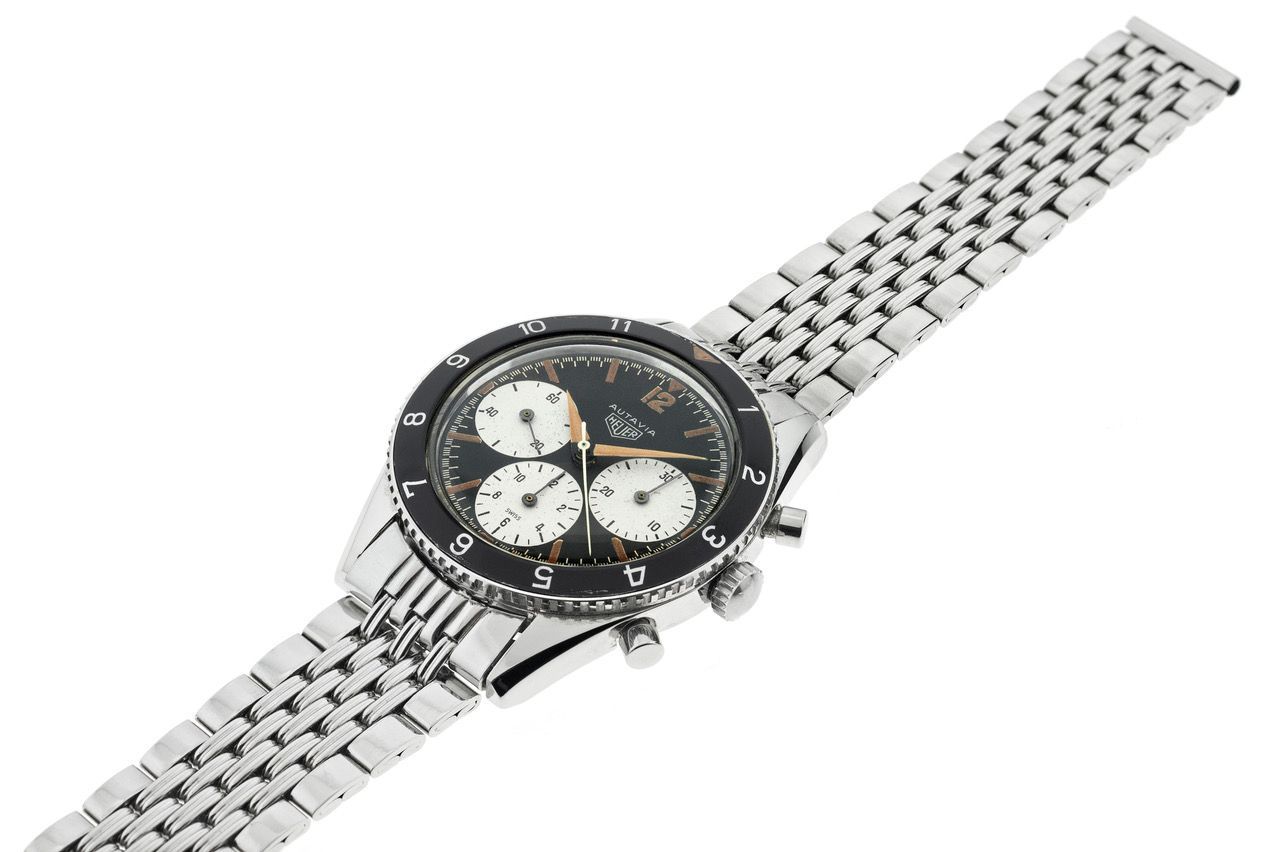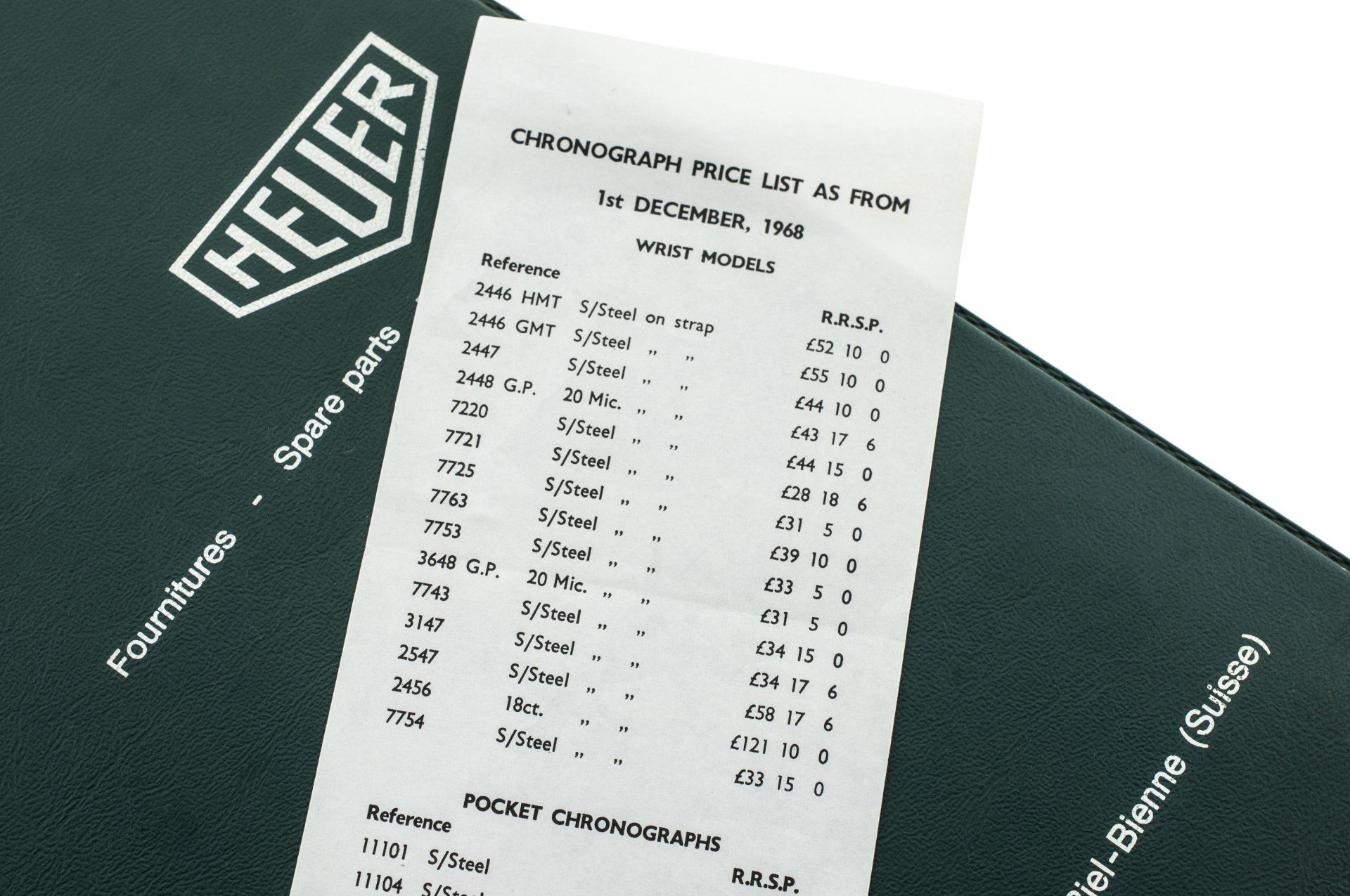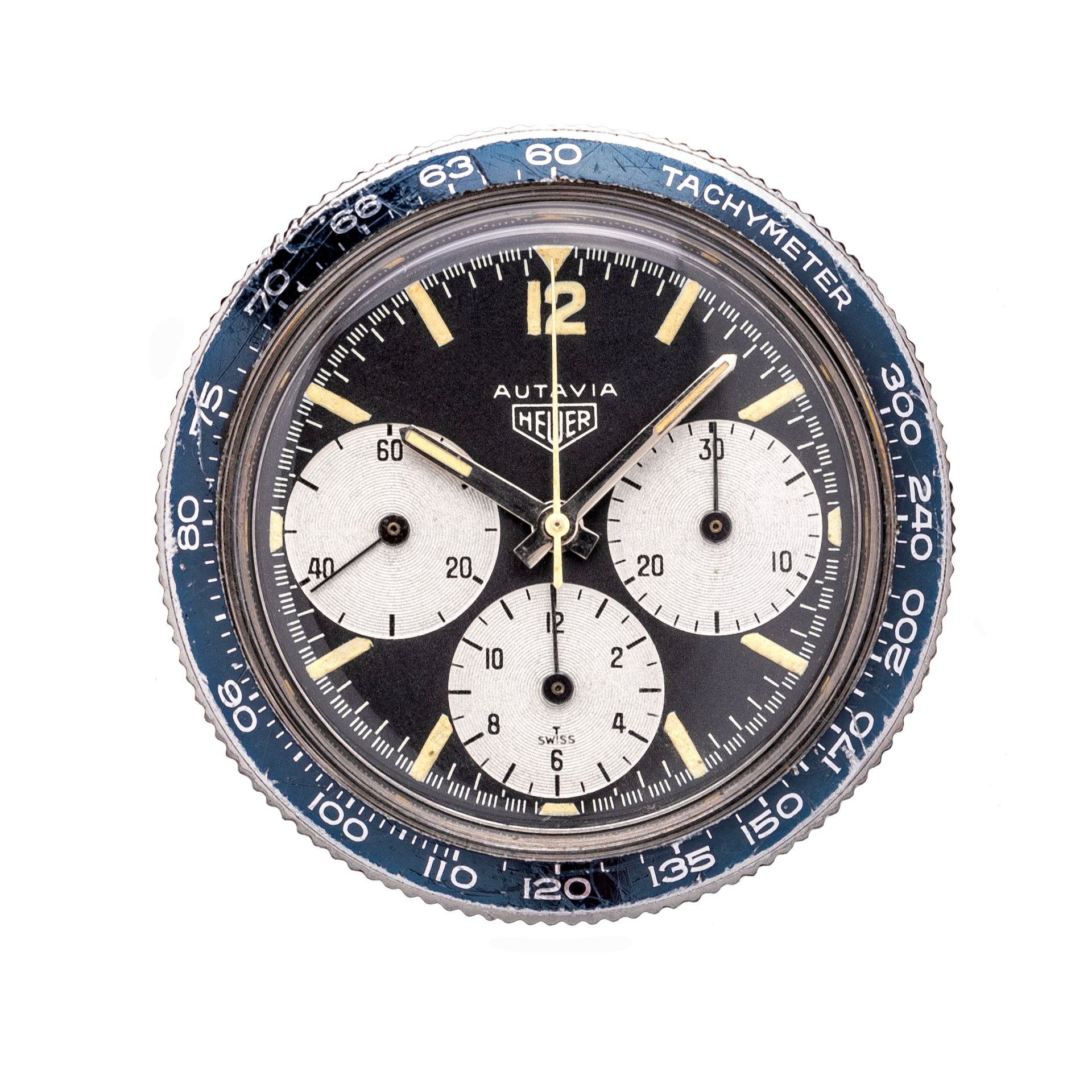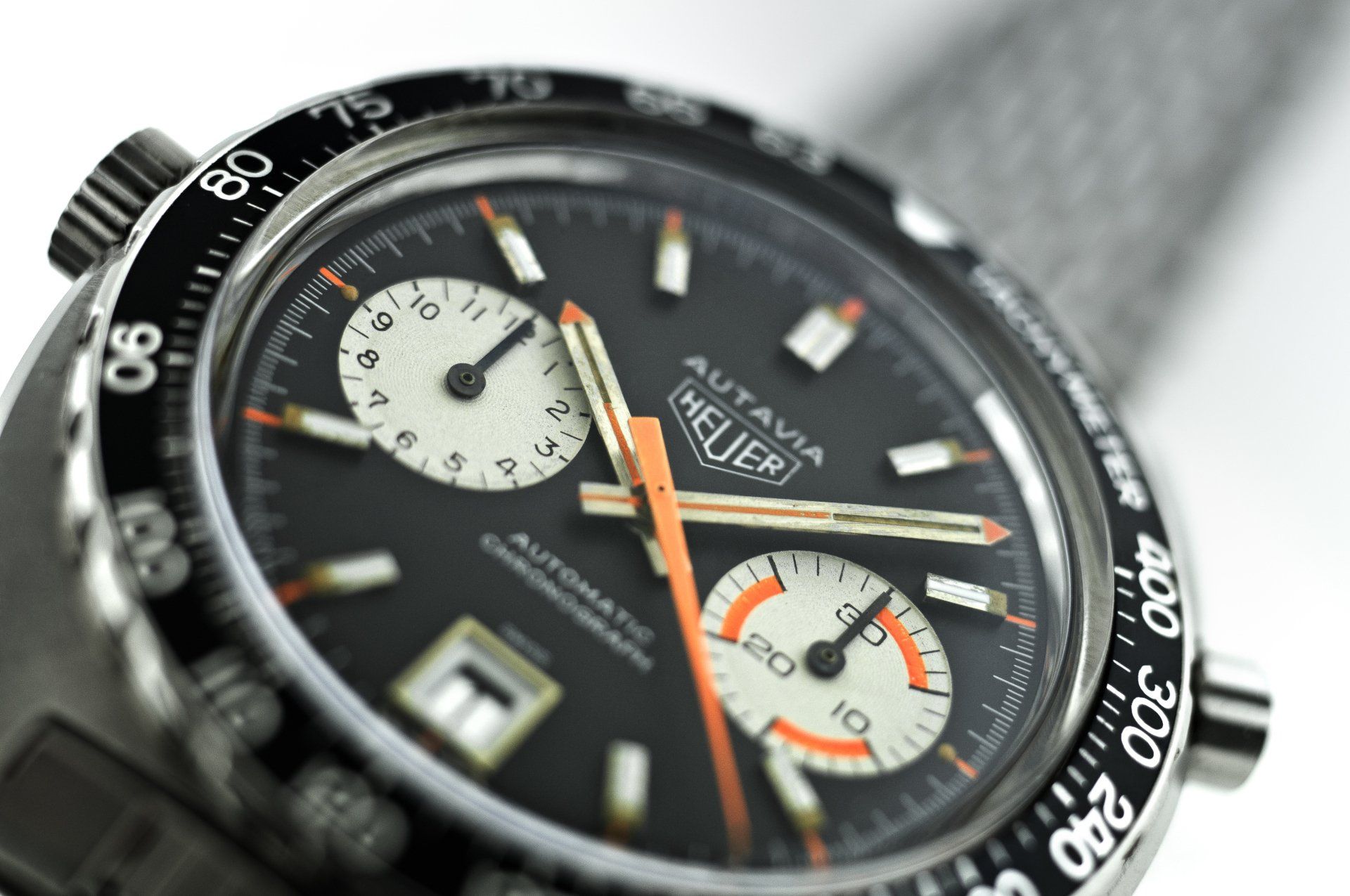Heuer Price Guide Update - February 2024
The past six months have seen some interesting movements in the world's collectable asset markets, with most areas coming under pressure. As has been well documented before, now that access to historically "cheap money" has been withdrawn and demand has eased with the rising cost of living, the number of flippers/investors (call them what you want) has declined; what we are mostly left with in the watch market is good old fashioned core collectors and retailers.
This has led to valuation falls across most (but not all) of the watch marketplace no matter what brand you collect, but has probably affected the modern sector most, with some quite substantial falls across Rolex, Patek and some independent brands (which had previously run up substantially). Of course, the watches that saw their prices hyped up the furthest over RRP on social media have had further to come down and, with the supply of most modern watches only increasing, it shouldn’t be a surprise that many are dropping on a weekly basis now there is inherent risk in buying them. It would be great to think that, with the likes of Rolex, we may see an easing of the preferential customer ethos. Given that the market is falling, and far fewer watches are making meaningfully over RRP on the grey market, will these buyers want to take a quantity of hard-to-shift loss-making watches just to get one or two gems in the future?
Coming back to vintage, the main issue I see is that there are now too many "general market" watches available for the number of buyers who want to add such watches to their collection. The majority of the collector market resides in this lower to middle ground, which would be the £2000 - £15000 price range for vintage Heuers. Watches in this segment, even in good condition, will only sell if priced keenly, but will never sell if they are priced at values of yesteryear!
There has definitely been a build up of inventory over the past few years at retailers, and it's only now that they have realised (perhaps slightly too late) that prices need to be dropped to where the market actually is. There is still some way to go on this though, but until they find the correct level they will not sell. The other main issue is that we should remember that back in the early to mid 2010s, when many collectors were building their collection, the prices were continually rising, giving them some protection and confidence to perhaps overindulge on the quantity side and perhaps buying some watches that if we turned back the clock we wouldn't buy again. I suspect many collectors are now realising that they have a few too many pieces and are faced with the dilemma of how to streamline/rebalance/refocus their collection. Today's market is very different to early to mid 2010s, and although the market is tougher, bargains of the best rare watches that collectors would be most keen to acquire are essentially non existent. Many collectors are caught in a no man's land: they want to thin the collection to add these ultimate grail pieces, but the watches they need to move on are hard to sell, and perhaps worth less than they paid for them some years ago.
In general, watches that may be heavily worn or have issues - perhaps a notably scratched dial, dirty sub registers, polished cases, a poor bezel, service parts etc - are almost impossible to sell unless they are priced as low as the sum of their parts, and are useful as project watches only. Now the market is mature, I don't believe we will ever see such watches be worth more than this again. The one thing collectors do not want is poor (or even average) examples.
As mentioned above the general market, or middle ground, is also hard work. This can include mint examples of watches that are not considered grails (most 1970s models, most compressor case Autavia and non grail 1960s Autavia and Carrera) and perhaps even good condition examples of grail models (some 1st execution Autavia and 2447NT, NST, SN for example). That's not to say they won't sell, but pricing is critical, and forget about prices above current guide values unless the watch is absolutely spectacular. Remember that even good condition watches essentially require close to mint dials to achieve guide values.
All of which leaves just the rarest and most coveted models. These are the watches we definitely do not see everyday, with perhaps only one or two new each year, in the very best top collector condition. Very few watches have mint dials, cases/bezels, hands and lume, which is what is required for a mint valuation (realistically less than 5% of the market). Such watches have not really moved in value over the past 6-24 months, and remain the one area of the market which is still healthy and I predict will continue to be.
The collectors of these pieces are much less affected by the accessibility of "free money" (if at all) and are only interested in the very best-of-the-best "museum pieces" to add to their collection. The profile of such a buyer is usually one who already has substantial pieces in their collection, from other brands as well as Heuer (for example Rolex, Patek, FPJ, Universal Geneve etc), and may also collect classic cars, where we see a natural crossover into the most beautiful period chronographs.
At this level, condition is everything. The tolerance for anything less than mint is not high, and the difference between mint and average is possibly even larger on this type of watch than on more run of the mill watches. Be 100% sure that the gap is widening between the top and everything else, and remember that, in another ten years' time, we may have seen only a handful more of the rarest and most desirable vintage Heuer grails come to market, but the volume of watches in the lower to middle market will be substantially larger than now.
As has been the case for the past five years or so, the market still sees the 1960s Autavia and Carrera in screw back cases as the pinnacle of Heuer collecting, and some of the 1970s Autavia grails of the past are not an easy sell today unless in great condition and priced competitively. You could say that the 1970s pieces look great value (as they have fallen the furthest from the peak) but it would also take a shift in sentiment to make these watches much more desirable again. I'm not saying that won't happen of course, as at one time the 1960s watches were less desirable than the 1970s pieces, but there is no sign of this happening right now. Other watches which are not specifically valued in the guide, such as Montreal, Monza, Silverstone etc continue to be sold on price in a similar vein, but certainly look good value in the £1500-4500 range in the very best condition, especially when modern watch inflation is taken into account! Just look how many new watches are for sale in the £6000-10000 region...For the next few years, it's hard to imagine how buoyant sales in the modern (new) sector will be, unless supported by long term 0% finance deals via manufacturers.
The guide has been adjusted to reflect the above sentiment and the next update will be in the autumn.
